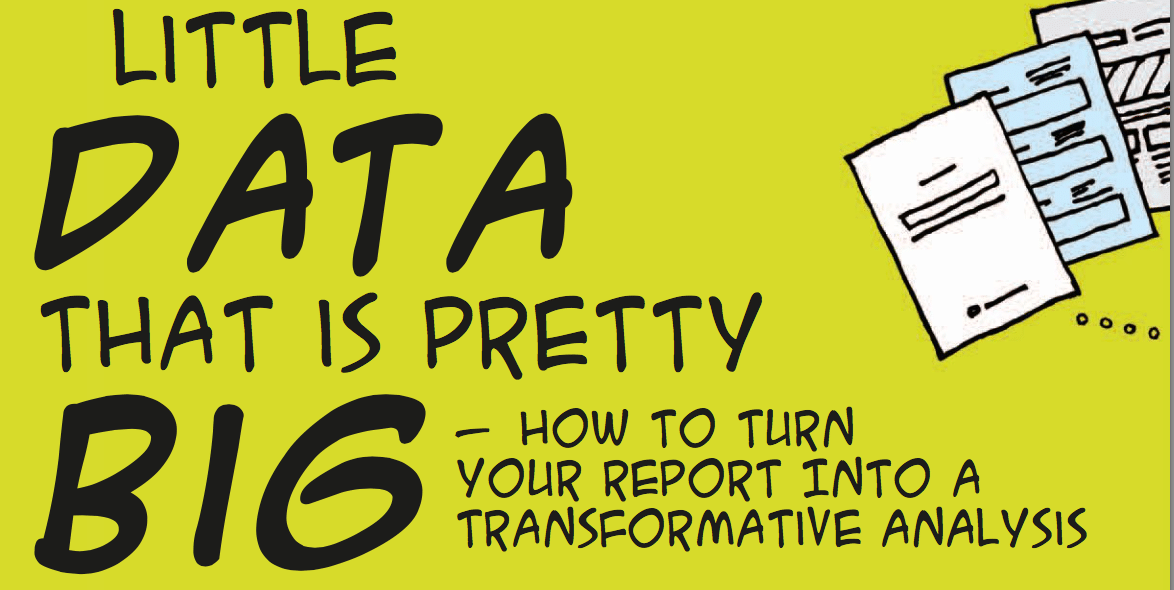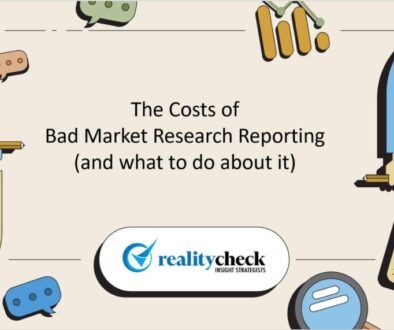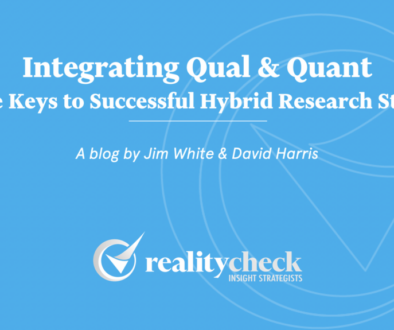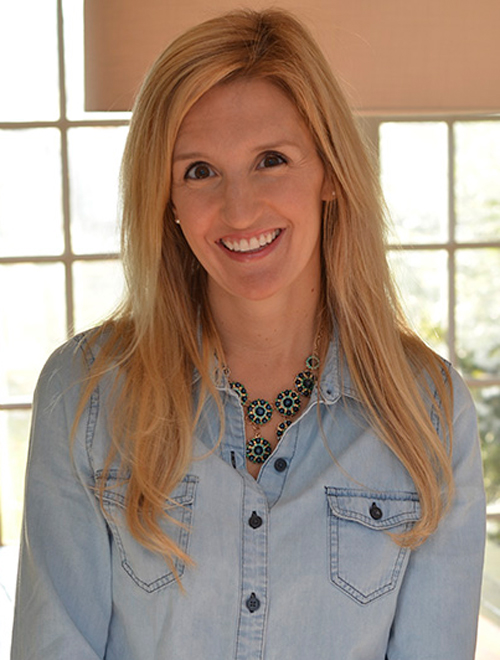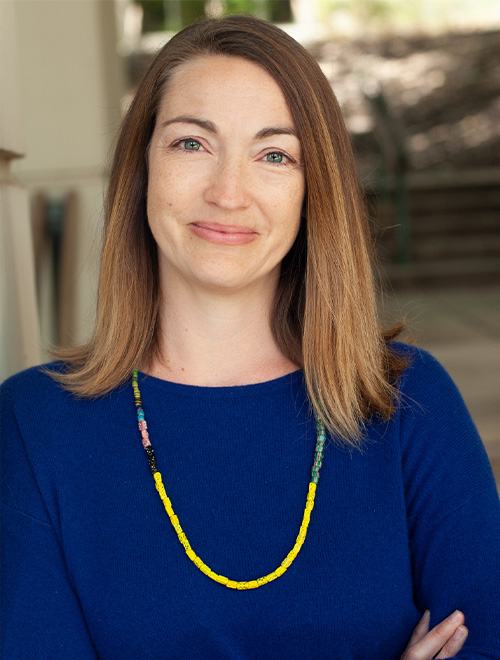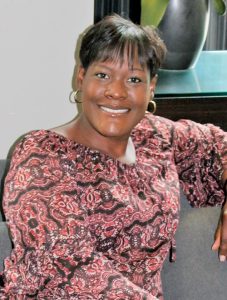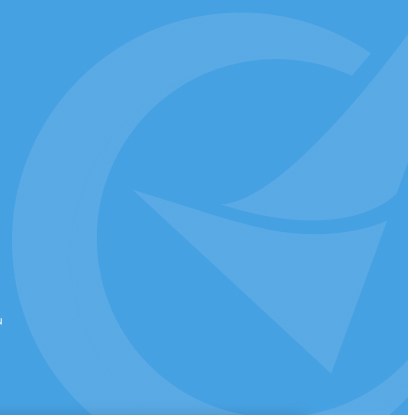Qualitative Research & Consumer Insights: How to Turn Reports into Transformative Analysis
It is a simple question with a pretty obvious answer… would you rather be a thinking partner or a focus group moderator? When I ask this question of fellow qualitative consultants, almost everyone raises his or her hand for the “thinking partner” option. Interesting… because almost everything we do — from what we call ourselves to developing our skill set to our ultimate deliverable – has “moderator” written all over it.
My hunch is that a lot of us spend more time being “moderators” than “thinking partners.” I would offer up that it is time to elevate our game in the face of competition that has emerged from so many areas in recent years: big data, social listening, behavioral economics, search companies and the wide range of ad/design agencies that have developed proprietary consumer insight processes. These people, processes and companies are all attempting to be thinking partners.
We are all competing for transformative consumer insights. Clients look to us and other potential research partners to provide insights that will help them change and grow. What they really want and need are people who can:
- Give strategic and conceptual advice.
- Translate what just happened into something meaningful for them.
- Light the path forward.
So, how do we elevate our game from moderator to thinking partner? First, we need to change our vocabulary. Vocabulary is important. It positions what we do, who we are and what we deliver. We need to stop calling ourselves “moderators.” I know we call ourselves “consultants” but clients still call us moderators. I actually think “consultant” is too broad and slightly confusing. I now prefer the term “creative facilitator.” Changing vocabulary is a difficult and uphill task, but I see it as essential. “Creative facilitator” sounds more interesting, thoughtful and skillful than “moderator.” “Moderator” will stay in our lexicon for a long time, but I seriously feel it limits us, particularly in the face of sophisticated and high-powered competitors who are getting the ear of brand and insight clients.
We also call what we give to the client at the end of the project a “report.” I am now treating that as a swear-jar word. “Report” is a word (like moderator) that has been around for a longtime and will be difficult to shake unless we start doing it ourselves. When clients ask me when I’ll be able to get them the “report,” I reply that the “analysis will be ready on _____.” I also refer to “analysis” in the title. This is a subtle thing, but I think/hope it will continue to reinforce us as thinking partners.
“Moderators do reports. thinking partners provide analyses. A report tells a client what was said or heard. An analysis tells them what it means.”
Moderators do reports. Thinking partners provide analysis. A report tells a client what was said or heard. An analysis tells them what it means.
Thinking Partner Analytical Tips
If you approach analysis with a spirit of fun and discovery vs. dread, you will do much better with it. A lot of people dread writing reports. I think it is more fun and intellectually stimulating to think of interesting conceptual ways to look at what was heard in a set of groups or interviews. It helps if you embrace this mindset. Before you’re in the field, here are some tips to set up your project with the 10% in mind:
- Listen for tensions and opportunities. Be okay with following the conversation instead of forcing it at times. When you introduce a subject, listen for how respondents talk about it – not just what they’re saying.
- Listening deeply and honestly (with an open mind and/or the client’s agenda) is one of the most important tricks to transformative analysis.
- You are listening for understanding. When you listen this way, you hear what respondents are really talking about and can begin to conceptualize that, even while the group/interview is still going on.
Writing a transformative analysis begins with building a foundation that’s based more on emotion, beliefs, identity and tensions.
- Start by reviewing your most emotive activity or exercise. This could be imagery from a group or online activity, photos from ethnography or a simple personification. I often start with whatever visual imagery is available and/or holds the most potential.
- Starting with this helps you to build a more emotive-based foundation. You may develop some themes around emotions, beliefs or identity, and these can then become the lens you look through to analyze the rest of your data.
- Even if your project is to evaluate advertising or new product concepts, you can incorporate imagery (from scenes or visuals) that connected most strongly with respondents. You can use this to establish emotional connections (or disconnections) they had with the creative. Creating an analysis in this way will elevate it versus simply reviewing which ads/concepts were most liked or most relevant.
- Write down your instinctual feeling quickly. This could happen in a group or interview or immediately afterwards. If you have a visceral reaction to something you heard, it is undoubtedly important. You reacted this way for a reason. I am not just talking about big “aha” type moments. In fact, I am talking more about feelings that struck you or the overall mood of a discussion (depressing, optimistic, ambivalent or whatever it is you felt from a group or an individual respondent).
- Think “transformation, transformation, transformation.” Focus on the conceptual insights that will represent transformation for your client’s brand or business. Do not spend as much time on what they know already. The more you focus on transformation, the fresher it will feel.
- Be sure that you are including conceptual insights in each of these four areas — emotions, beliefs, identity and tensions. If you are, then your analysis will be lifted, even if your client is not asking for this. It is possible to incorporate these into an analysis without calling the out overtly, if that makes life easier for you.
- Organization is a big part of a thinking partner level of analysis. Giving clients a simple, yet elegant way of looking at things helps them and makes you look smarter. I am convinced that the ability to do this is learned and not innate with all of us. It is a matter of practice and mindset.
- Finally, I believe in an impactful opening to an analysis. Hit them up front with the big emotive or belief-based understanding that will get their attention and set the tone for the rest of the analysis. It should make them think a little differently right away. Then tell your story from there.
When you become a thinking partner, some good things happen. You may build a reputation and a standard that sets you apart. You may be able to convince clients that “your way” of doing things is better than the way they’ve done it all along.

